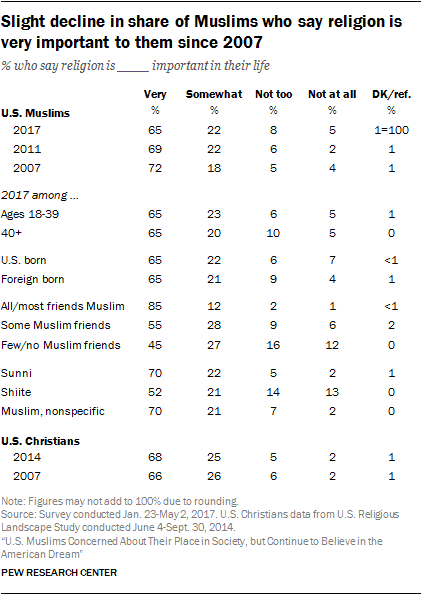Cultural Considerations in the Classroom
Cultural differences exist among various societies and cultures, even within countries, and these cultural considerations have relevance for teachers in Muslim schools. One of these considerations is the type of clothing worn by women. In many Islamic countries women are required to wear long, loose-fitting bays, the Muslim wedding dress. When I was in Pakistan a teacher asked a girl if she was wearing an abaya, or traditional Islamic dress, and the answer was “no.”

This cultural difference, like so many others I study, points to two questions.
(1) How should teachers relate the cultural aspects of each country with the curriculum, and
(2) how should these cultural considerations to be taken into account during teaching in a classroom of Muslim students? In both cases the answer is complicated, sensitive, and requires answers that go beyond a teacher’s textbook. Fortunately, some important work has been done recently. A new curriculum spearheaded by a respected Islamic professor at Columbia University, and Charvez, has been adopted by more than 20 countries.
The key feature of the Columbia curriculum is its recognition of the multifaceted nature of teaching, and its responsibility to students. As Islam is a religion with wide-ranging social and political norms, teachers need to be aware of all the cultural considerations that could affect how they instruct. In other words, teachers need to engage students’ various cultures and practices.
What is an Associates Degree?
A prime example of this would be the need to use a different teaching approach in classrooms in Morocco and United States, and in Indonesia and Malaysia, when considering issues of dress code. Similarly, teachers in Bangladesh would need to consider how their students’ religious beliefs might influence their teaching.
As an ethnic and religiously diverse society, Islam places its teachers in touch with several cultures. In the United States, most teachers are active members of minority groups, and the teaching of American Sign Language is no exception. In a multicultural setting as I found in New York City, teachers often have an array of cultural and ethnic experiences that they bring with them into the classroom. This allows them to develop teaching strategies that address specific issues that arise from living amongst differing groups of people in the US.
Teachers also must take into account how their teaching affects their students. Cultural differences have profound effects on how a child perceives, thinks, and acts. A teacher’s cultural considerations can therefore profoundly affect her students’ ability to think critically, learn, and grow.
How a teacher acts can shape the lives of her students long after the course is over. Thus, teachers need to develop strategies for creating positive, productive lessons and events that will not only motivate students to learn and grow, but that will also leave them with lasting memories of their time in class.
It is important that teachers take cultural diversity and individual variation seriously. Diversity is a fact of life that impacts every aspect of society, but it is particularly relevant in the teaching of the United States. A teacher who is unaware of her cultural limitations will likely fail to provide students with an adequate educational experience. Such a teacher needs to develop sensitivity to cultural differences and learn to recognize the individuality of her students. This allows her to effectively instruct her students and to demonstrate respect for all cultures.
It is also important that teachers realize that they also have a responsibility for the learning of their students. The classroom is a place in which children learn about life and reality. Teachers also play an important role in the socialization of children in school, which, in turn, impacts their understanding of the world around them and of themselves. By being conscious of their cultural limitations and by encouraging students to question them, teachers create a safe and nurturing environment in which learning takes place.
Cultural considerations in the classroom will continue to shape how teachers interact with their students and how they teach. Educators should be aware of their cultural beliefs and biases, but they should also remain cognizant of the individuality of each individual student. In doing so, teachers make the classroom an enriching and supportive environment in which to learn and grow.




